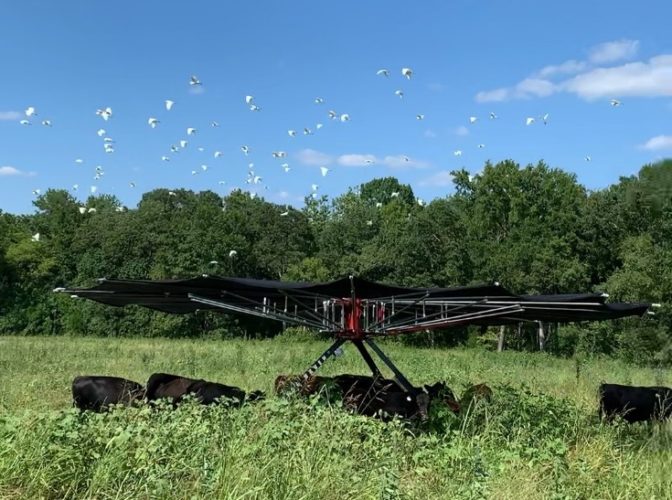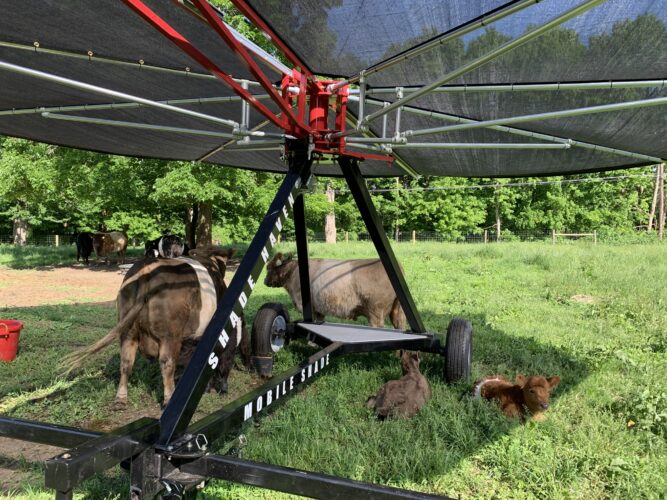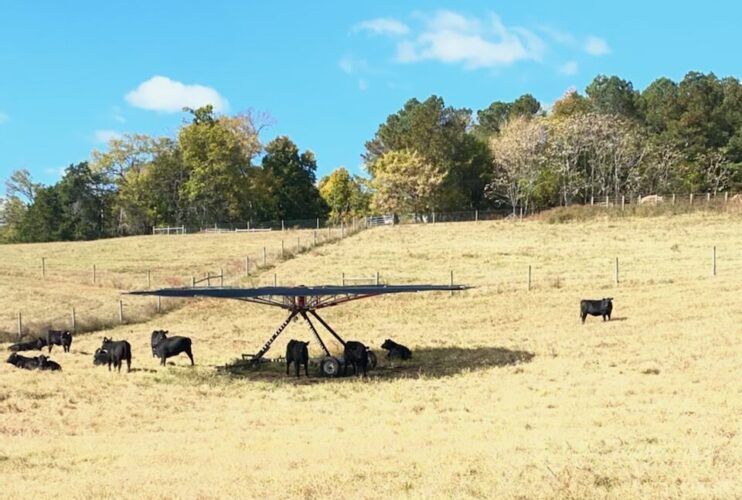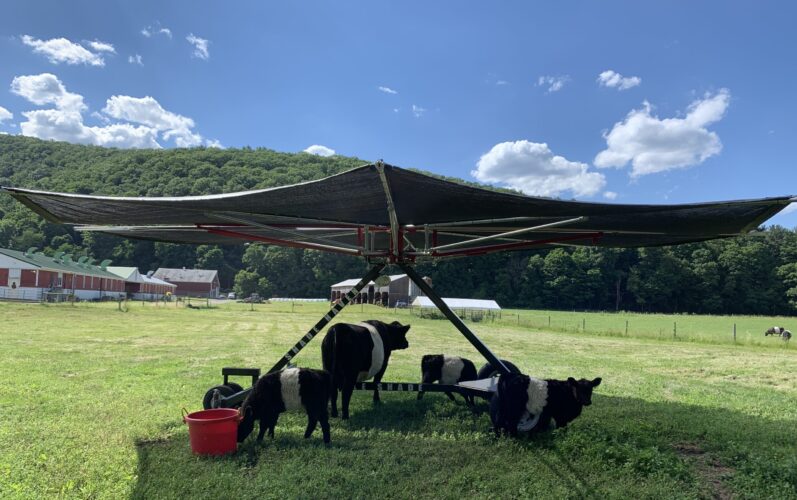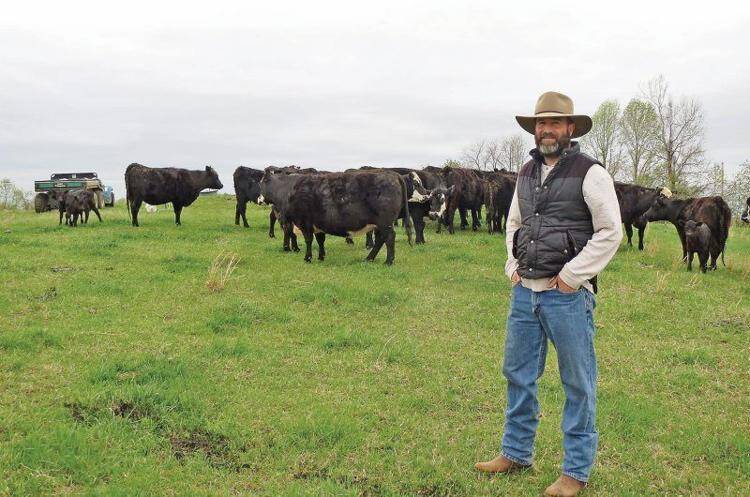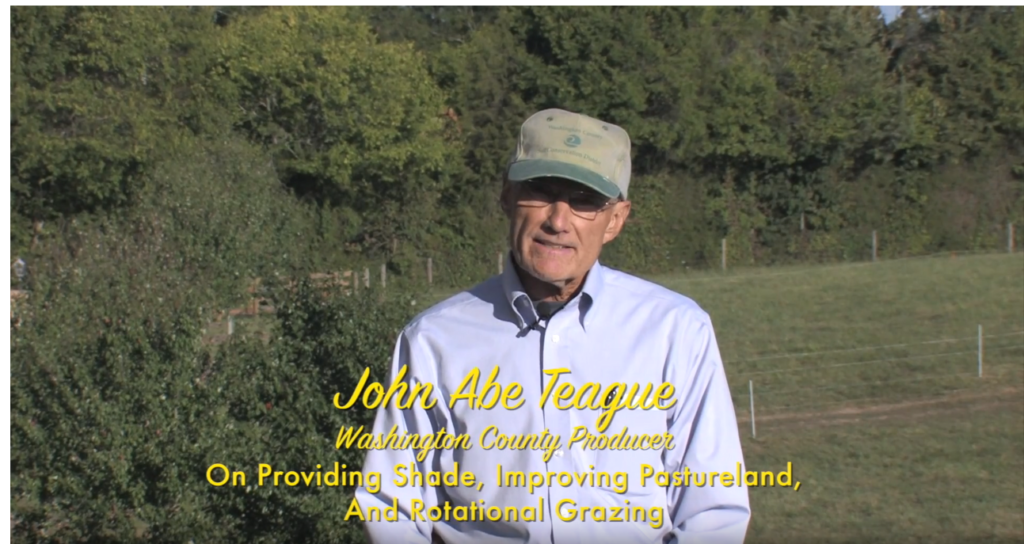Grazing guru Dr. Allen Williams shares insight on adaptive grazing rules and how he uses Shade Havens in his own grazing practice.
Dr. Williams is a sixth-generation farmer and the founder of Grass Fed Insights, LLC, Understanding Ag, LLC, and Soil Health Academy. He helps farmers and ranchers graze successfully and profitably using the three rules of adaptive stewardship: compounding, diversity, and disruption.
Rule #1 – Compounding. The first rule is to understand that everything we do on a farm has compounding effects – either negative or positive. “Our job is to implement practices that create a series of positive compounding effects,” Williams stresses.
Rule #2 – Diversity. Increasing forage diversity is fundamental to successful grazing.
“Not only do your animals perform better, but you can get rid of your vet meds, your dewormers – you don’t need them anymore,” says Williams. “It saves you a lot in input costs. Your performance goes up, your profitability goes up.”
How do you achieve that high level of diversity? Mother Nature has already done most of the work.
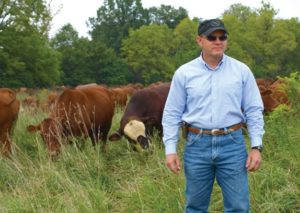 “What we do is utilize the rules of adaptive stewardship and adaptive grazing to be able to access or tap the latent seed lines that everybody has in North America,” says Williams. “The latent seed lines are loaded with dozens even hundreds of different plant species that most people rarely see because of the way they graze.”
“What we do is utilize the rules of adaptive stewardship and adaptive grazing to be able to access or tap the latent seed lines that everybody has in North America,” says Williams. “The latent seed lines are loaded with dozens even hundreds of different plant species that most people rarely see because of the way they graze.”
Williams has documented 140 different plant species growing in the pastures at his farm, BDA Farm in Uniontown, Alabama. “Our livestock eat all of it – all 140. And we planted none of it. They are a result of the latent seed lines.”
Since 2019, Williams has used four SH1200 mobile shade systems with multiple species that graze at BDA Farm. The Shade Havens protect the livestock from the hot Alabama sun. They also aid in achieving forage diversity. “When cattle or other livestock congregate underneath the portable shade, that creates a high-density impact,” says Williams.
“If you move the shade structure around frequently, you are creating a high-density impact wherever the shade was, and that applies a lot of fertility, a lot of biology to that soil. At the same time, it stimulates the latent seed lines, so you create greater diversity. Everywhere you put that shade and move it like you should, you are creating what we call biological hot spots, highly diverse hot spots.”
Increased plant diversity has positive compounding effects, including better animal health. “The reason we want diversity is because many, many plant species can also be medicinal and anti-parasitic in nature. That means our livestock can self-medicate, can self-deworm,” notes Williams. “We don’t have to give them pharmaceuticals, and we never have to deworm them. They’ve got everything they need.”
Higher plant diversity also leads to greater diversity in the soil microbial population, which leads to a greater array of phytonutrients in the plants themselves. The broad array of plants supports life above the soil, not just your livestock, but other wildlife, birds, insects, and pollinators.
“It benefits your livestock, it benefits your soil, it benefits the plants themselves,” reiterates Williams. “So you get restoration of fully functioning ecosystems. It’s a win-win-win all across the board.”
Rule #3 – Disruption. Avoid stagnation with the final rule by adding disruption to your grazing plan. Williams suggests altering your stock density, altering rest periods, changing your paddock figuration and rotational patterns.
Portable Shade at BDA
BDA Farm is a 6,200-acre certified organic produce and livestock operation in Uniontown, Alabama. With a focus on regenerative agriculture, BDA produces more than 40 varieties of vegetables and herbs and moves 1,000 beef, 500 sheep and 3,000 laying hens across 4,000+ acres.
Like most grazing operations, BDA has fields without access to shade. The four SH1200 mobile shade systems at BDA Farm boost pasture health and protect the dairy cattle, beef, sheep, pigs, and chickens from the blazing sun. “We get extremely hot. Our livestock must have shade,” notes Williams. “Natural shade is a preference. You can plant it, but it takes a lifetime to grow it. So portable shade comes in extremely handy.”
The Shade Havens compliment BDA’s adaptive grazing strategy. “You want quality portable shade that holds up in all conditions, and it’s easy to move, because you don’t want to just park it in one place. You have to be able to move it around,” says Williams.
Williams appreciates the portability of the Shade Haven whether it’s for livestock or humans attending the many workshops held at the farm. “Because it is so portable, you don’t have to dedicate it to just one species, or just one spot. I can take it to wherever I need it at any time.”
